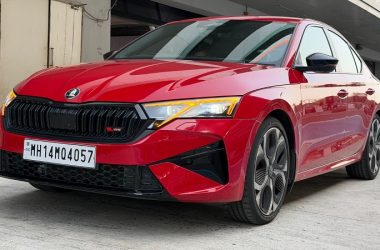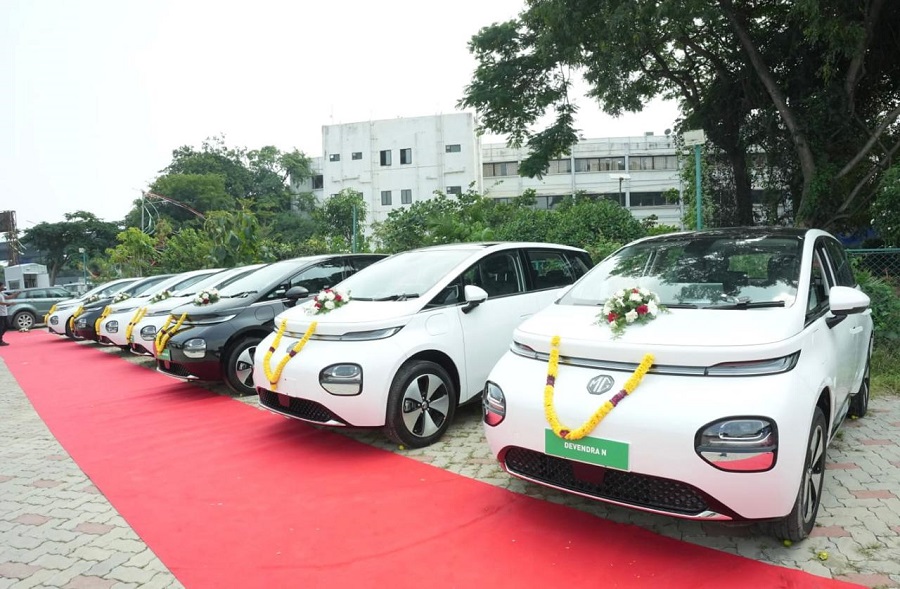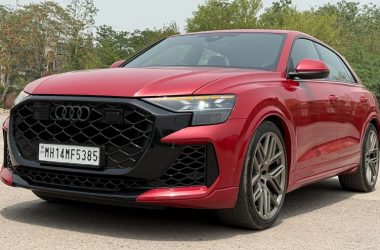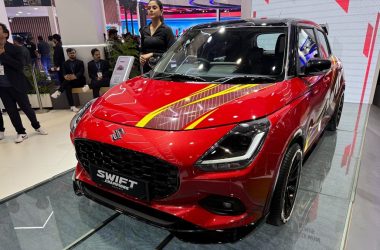In a landmark move to fast-track India’s transition to electric mobility, the Indian Cabinet has rolled out the “PM Electric Drive Revolution in Innovative Vehicle Enhancement (PM E-DRIVE)” scheme with an ambitious financial backing of Rs. 10,900 crore. Effective from October 1, 2024, to March 31, 2026, the scheme is positioned to rapidly scale up electric vehicle (EV) adoption, develop extensive charging infrastructure, and establish a formidable EV manufacturing ecosystem nationwide.
Since its launch, EV sales have surged, underscoring the public’s enthusiasm and the scheme’s potential to reshape India’s transportation landscape. By offering incentives for EV purchases, developing robust charging networks, and funding capital asset acquisition for public transport, PM E-DRIVE aligns with India’s goal to reduce vehicular emissions and move toward sustainable, pollution-free mobility.
Key Components of PM E-DRIVE
The PM E-DRIVE scheme focuses on five critical components: subsidies for demand incentives, grants for acquiring electric buses and charging infrastructure, administrative support, and a focus on consumer awareness. The initiative is comprehensive, offering incentives across various categories of EVs:
- Two-Wheelers: Targeting 24.79 lakh electric two-wheelers (e-2Ws), the scheme incentivizes only those with advanced battery technology, applicable to both commercial and private registrations.
- Three-Wheelers: Approximately 3.2 lakh electric three-wheelers (e-3Ws), including e-rickshaws and e-carts with advanced batteries, are eligible, focusing solely on commercial use.
- e-Ambulances: With a Rs. 500 crore allocation, the scheme encourages the adoption of electric ambulances, with safety and performance standards under review by the Ministry of Health.
- e-Trucks: To promote eco-friendly logistics, the scheme earmarks Rs. 500 crore for e-truck incentives, with eligibility linked to scrapping certificates to verify old vehicle disposal.
- e-Buses: With Rs. 4,391 crore allocated for procuring 14,028 electric buses, major cities like Delhi, Mumbai, Kolkata, and Chennai will see significant additions to their public transport fleets, prioritizing areas replacing old vehicles.
Nationwide Charging Infrastructure Development
To address range anxiety and improve accessibility, the scheme allocates Rs. 2,000 crore for establishing charging infrastructure across urban centers and high-traffic highways. This includes 22,100 fast chargers for electric four-wheelers, 1,800 chargers for e-buses, and 48,400 for two- and three-wheelers. With this extensive network, the government aims to empower EV owners and encourage broader adoption.
Demand Incentives to Boost EV Sales
A crucial feature of the PM E-DRIVE scheme is the direct incentives for buyers, lowering the purchase price upfront for qualifying EV models. With caps on the subsidy per vehicle or 15% of the ex-factory price, the scheme ensures affordability while prioritizing advanced battery technologies. The incentives stand at Rs. 5,000 per kWh for FY 2024-25 and Rs. 2,500 per kWh for FY 2025-26, capped by ex-factory price thresholds as defined by the scheme.
Simplified Access with e-Vouchers
The Ministry of Heavy Industries (MHI) has streamlined the incentive process with e-Vouchers, simplifying eligibility verification and processing. At the time of purchase, customers can authenticate via Aadhaar-based e-KYC, with digital e-Vouchers sent directly to their mobile phones. Signed by both buyer and dealer, this e-Voucher provides a secure mechanism for OEMs to claim reimbursement, reinforcing transparency and ease of access.
Advancing Toward a Sustainable Future
With the PM E-DRIVE scheme, India takes a significant leap toward its 2070 net-zero target, addressing urgent concerns over pollution, fuel dependence, and sustainable growth. By establishing incentives for both private and commercial EV use, along with robust infrastructure and job creation, this initiative marks a turning point in India’s transportation sector, catalyzing a cleaner, sustainable future for generations to come.








